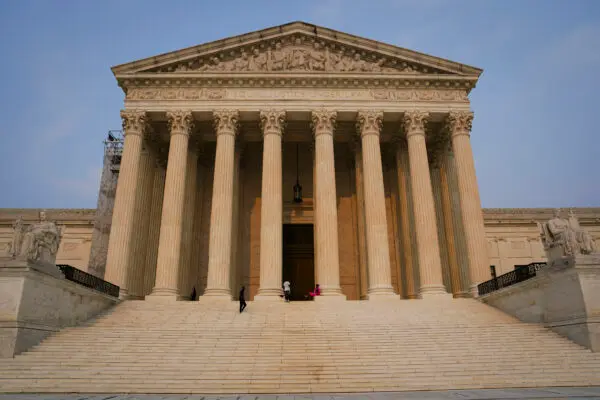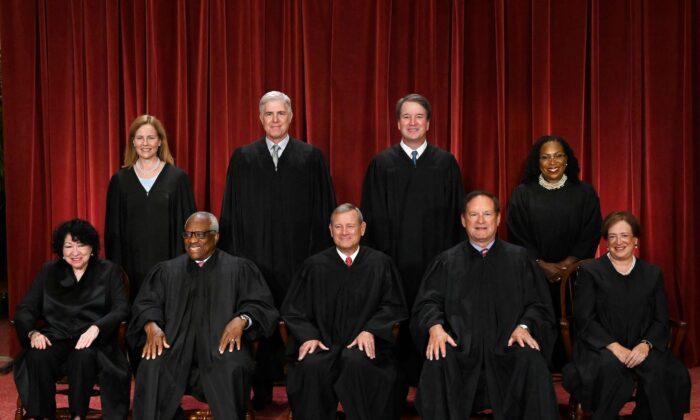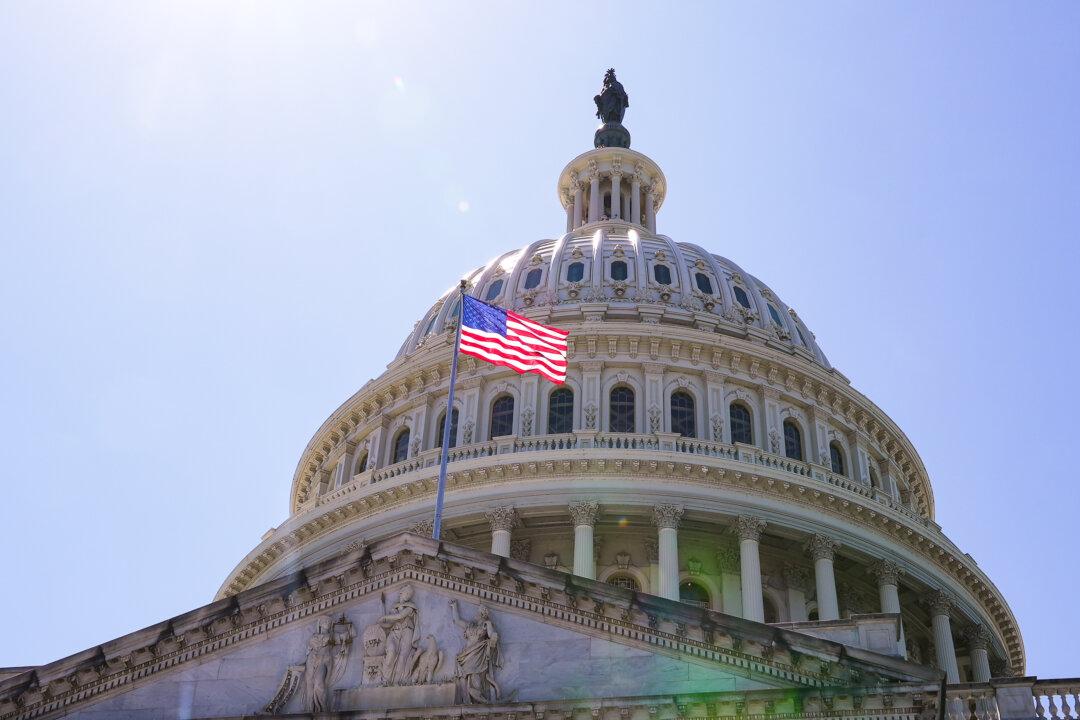The six justices who ruled against Jones were appointed by Republican presidents. The three who ruled in favor were appointed under Democratic administrations.
“Jones’s incarceration ... poses constitutional concerns,” his petition said. “His claim does run to the courts’ jurisdiction. This Court has long recognized that a federal court acts without jurisdiction when it convicts and sentences a defendant whose conduct Congress has not made criminal.”
Jones tried to reopen his case following the 2019 decision, but a federal appeals court ruled against him. The issue in the case is technical, though important, and involves when defendants can make their claims in court, not the facts of Jones’ case.
In ruling against the petition, Justice Clarence Thomas wrote for the court that people who have used up their appeals don’t get another day in court “based solely on a more favorable interpretation of statutory law adopted after his conviction became final.”
Only two instances, newly discovered evidence or the court’s new interpretation of a constitutional provision, authorize a second case under a 1996 federal law meant to limit federal appeals, Thomas wrote. Most federal appeals courts would have allowed Jones to reopen his case, but Thomas wrote that those decisions amounted to an “end-run around” the 1996 law, known as the Antiterrorism and Effective Death Penalty Act.
Granting relief to Jones “would extend the writ of habeas corpus far beyond its scope when the Constitution was drafted and ratified,” Thomas wrote in the opinion. “When the Suspension Clause was adopted, Jones’ Rehaif claim would not have been cognizable in habeas at all.”

In her dissent, Justice Ketanji Brown Jackson noted that the ruling, coupled with other recent limits on appeals imposed by the court, have transformed “a statute that Congress designed to provide for a rational and orderly process of federal postconviction judicial review into an aimless and chaotic exercise in futility.”
“I am also deeply troubled by the constitutional implications of the nothing-to-see-here approach that the majority takes with respect to the incarceration of potential legal innocents … apparently, legally innocent or not, Jones must just carry on in prison regardless, since ... no path exists for him to ask a federal judge to consider his innocence assertion,” she wrote.
Justices Sonia Sotomayor and Elena Kagan also dissented in a joint opinion, arguing that the majority’s decision “yields disturbing results.”
“The conservatives on the court have not looked favorably on post-conviction relief,” Ortiz said. “This is another decision which is basically rolling back the rights of people to challenge their convictions.”
Last year, the Supreme Court ruled against two Arizona death row inmates who had argued that their lawyers did a poor job representing them in state court. Thomas also wrote for the court’s six-justice majority at the time the proper role for federal courts in these cases is a limited one and that federal courts are generally barred from taking in new evidence of ineffective assistance of counsel that could help prisoners.
In that case, he wrote that “federal courts must afford unwavering respect to the centrality” of state criminal trials.





